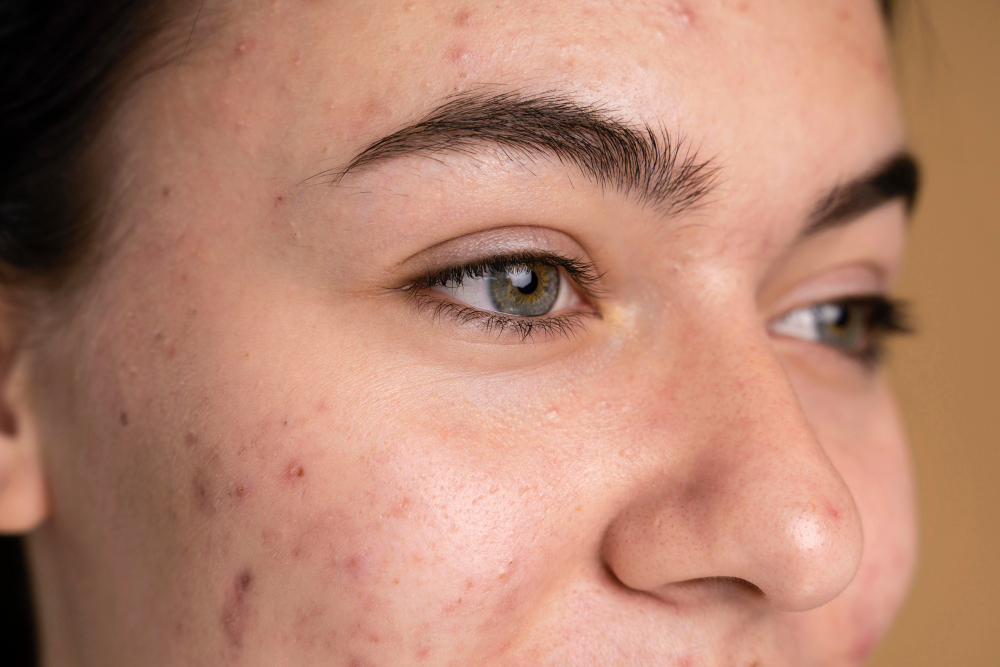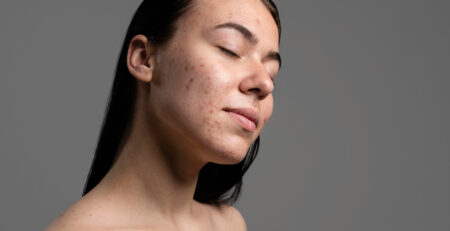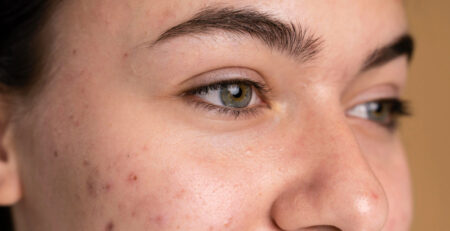What Is Contact Dermatitis?
Overview
Have you ever tried a new skin care product or detergent and found that it made your skin red and itchy? If that’s the case, you may have had contact dermatitis. When chemicals you come in contact with cause a reaction, this is what happens.
Most reactions to contact dermatitis aren’t too bad, but they can be annoying until the itching stops.
What are the symptoms of contact dermatitis?
The symptoms of contact dermatitis depend on what caused it and how sensitive you are to the thing that caused it.
Allergic contact dermatitis
Some of the signs and symptoms of allergic contact dermatitis are:
- dry, scaly, flaky skin
- hives
- oozing blisters
- skin redness
- skin that appears darkened or leathery
- skin that burns
- extreme itching
- sun sensitivity
- swelling, especially in the eyes, face, or groin areas
Irritant contact dermatitis
Irritant contact dermatitis can cause a few different kinds of symptoms, like:
- blistering
- cracking skin due to extreme dryness
- swelling
- skin that feels stiff or tight
- ulcerations
- open sores that form crusts
What causes contact dermatitis?
Contact dermatitis comes in three forms:
- allergic contact dermatitis
- irritant contact dermatitis
- photocontact dermatitis
Less people get photocontact dermatitis. It is an irritation that can happen when the active ingredients in a skin product are exposed to the sun.
Allergic contact dermatitis
Allergic contact dermatitis happens when the skin has an allergic reaction to a foreign substance after coming into contact with it. This makes the body release chemicals that cause inflammation, which can make the skin feel itchy and irritated.
Some of the most common things that cause allergic contact dermatitis are:
- jewelry made from nickel or gold
- latex gloves
- perfumes or chemicals in cosmetics and skin care products
- poison oak or poison ivy
Irritant contact dermatitis
The most common type of contact dermatitis is one that makes the skin red and itchy. It happens when a poisonous substance touches the skin.
Irritating contact dermatitis can be caused by toxic substances like:
- battery acid
- bleach
- drain cleaners
- kerosene
- detergents
- pepper spray
Irritating contact dermatitis can also happen when the skin comes into contact with soap or even water too often.
People whose hands are often in water, like hairdressers, bartenders, and people who work in the medical field, often get irritant contact dermatitis of the hands.
How is contact dermatitis treated?
Most cases of contact dermatitis go away on their own once the substance is no longer touching the skin. You can try these things at home:
- Don’t scratch your skin if it’s hurting. Scratching can make the irritation worse or even cause a skin infection that needs antibiotics to treat.
- To get rid of any irritants, wash your skin with mild soap and warm water.
- Stop using any products that you think might be causing the problem.
- Apply bland petroleum jelly like Vaseline to soothe the area.
- Try using anti-itch treatments such as calamine lotion or hydrocortisone cream (Cortisone-10).
- If needed, take an antihistamine drug such as diphenhydramine, can help you feel less itchy and have less of an allergic reaction.
You can buy these things online or at most drugstores.
Most of the time, contact dermatitis is nothing to worry about. But you should see a doctor if your rash is close to your eyes or mouth, covers a lot of your body, or doesn’t get better with home treatment.
If home remedies don’t help your skin, your doctor can give you a stronger steroid cream.
How is contact dermatitis diagnosed?
Talk to your doctor if your symptoms get worse or don’t get better over time. Your doctor will ask you a lot of questions about your health and look at your skin. Some of the questions they might ask you are:
- When did you first start to feel sick?
- What helps or hurts your symptoms?
- Did you go hiking before you got the rash?
- How do you take care of your skin every day?
- What kinds of chemicals do you deal with every day?
- How do you make your money?
If your doctor can’t figure out what’s causing your contact dermatitis, he or she may send you to an allergy specialist or a dermatologist. A patch test can be done by this specialist to check for allergies. It means putting an allergen on a small area of your skin.
If your skin reacts, the allergy specialist can figure out what your contact dermatitis is most likely caused by.
How can I prevent contact dermatitis?
Contact dermatitis can be avoided by not being exposed to irritants at first. Use these ideas:
- Buy products that say “hypoallergenic” or “unscented” on the label.
- If you have a latex allergy, don’t wear latex gloves. Opt for vinyl gloves instead.
- When hiking in the woods, wear pants and shirts with long sleeves.
- If a new product makes you feel bad, stop using it right away.
If you know you have sensitive skin, test any new products on a small area first. The new product can be used in one spot on your forearm. Cover the area and don’t let water or soap get near it. After 48 and 96 hours, check to see if there was any reaction. If the product makes your skin red or irritated, don’t use it.










Leave a Reply